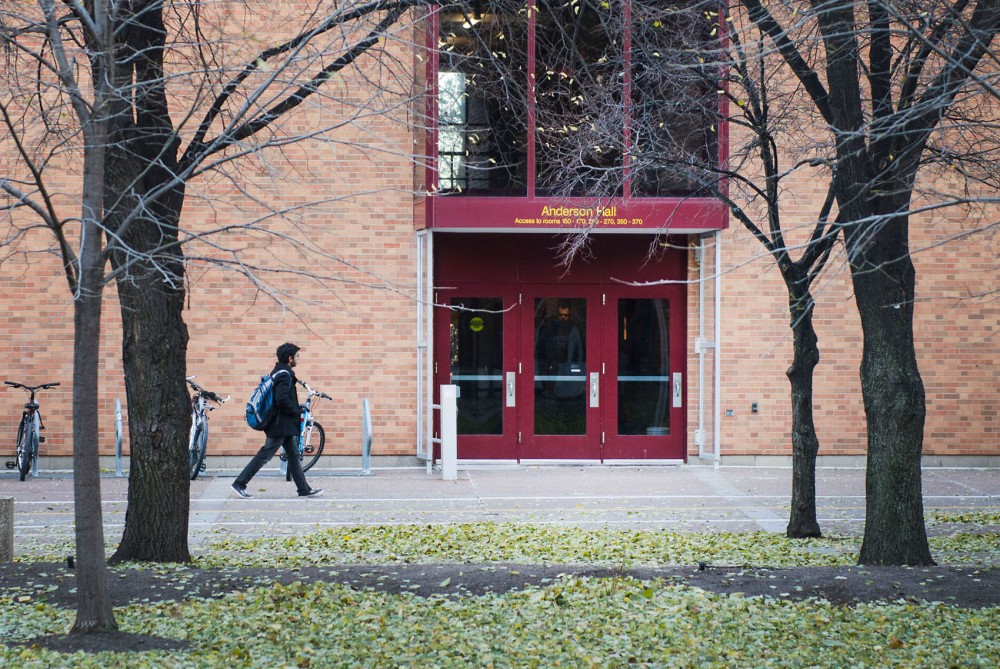A new report examining graduate school disparities shows well-off students, well, stay well-off.
While there are more people enrolling in graduate school, students from higher-income families pursue higher-paying graduate degrees, according to a report released earlier this month by the Urban Institute, a nonprofit that researches social and economic policy.
“What this study is focused on is that [graduate degree financial returns] vary tremendously by what type of degree you get,” said Sandy Baum, a senior fellow at the Urban Institute.
Much of the discussion on disparities in higher education centers on undergraduates, she said.
“The reality is that it also differs quite a bit for graduate school,” Baum said. “One of [the] things we’re finding is there’s very little attention to graduate students.”
The study also found other trends in graduate program enrollment.
More male, Asian, and affluent students are enrolled in higher- paying, upper-level degree programs such as law or medicine than other groups. At the same time, female, black, and less- affluent students are enrolled in master’s programs more often, which usually pay less.
The study found that black students go on to pursue graduate degrees more often than other racial and ethnic groups, but they are disproportionately enrolled in master’s programs and for-profit institutions.
“I think we should worry about people spending a lot of money to get master’s degrees that end up not doing much for them,” Baum said.
Academics have long been concerned about graduate education disparities, but studies like this one help quantify the problems, said University of Minnesota’s Vice Provost and Dean of Graduate Education Scott Lanyon.
“I think one of the things that this study … helps identify is that it’s not simply a case of focusing in on admissions policy,” he said. “We need to be thinking about ways we can address this long before the admissions process.”
Last fall, the University’s graduate admissions office started implicit bias training at each of its schools, he said.
But alleviating these issues goes beyond admissions policies and takes lengthy periods of time, Lanyon said.
“You can’t allow yourself to get discouraged because you don’t see a massive change in [diversity] within a year,” he said. “It has to really be a priority for a long period of time.”
A similar study published in 2013 on race and ethnicity in science and engineering studies found underrepresentation of minorities across all education levels.
Eliminating these disparities can have far-reaching impacts, said the study’s author, Howard Garrison, director of public affairs and policy for the Federation of American Societies for Experimental Biology,
If women or minorities are in research positions, he said it is more likely they’ll approach problems their communities face, which are often understudied.
“We’re asking the public to support scientific inquiry, and the public needs to … see scientists as people like them,” Garrison said.
Baum said it’s important to acknowledge the depth of the disparities.
“We should understand this is very important, and it makes a very big difference in people’s lives,” she said. “There are serious differences that persist, not just at the door of college, but long after, based on where you come from.”








